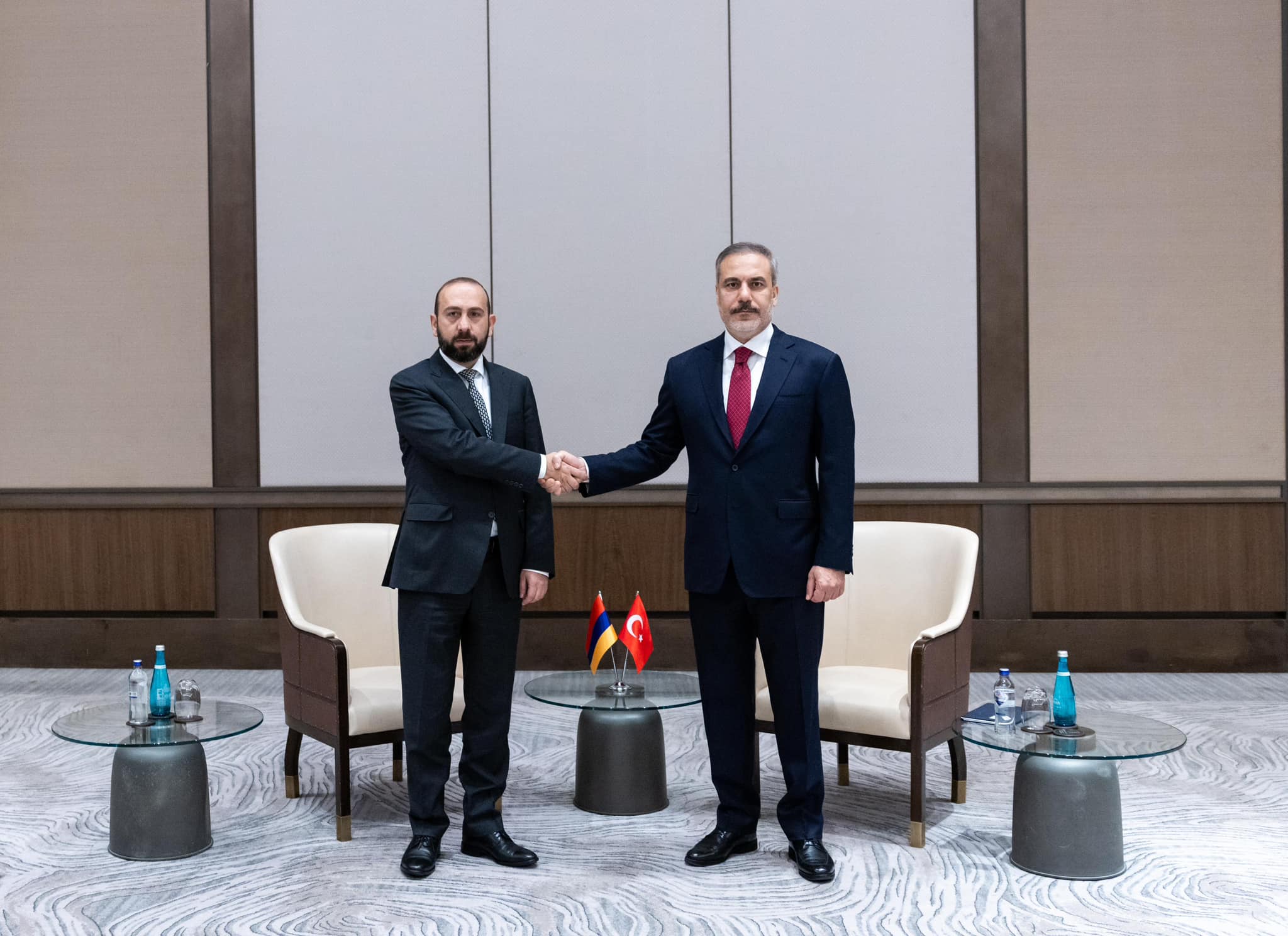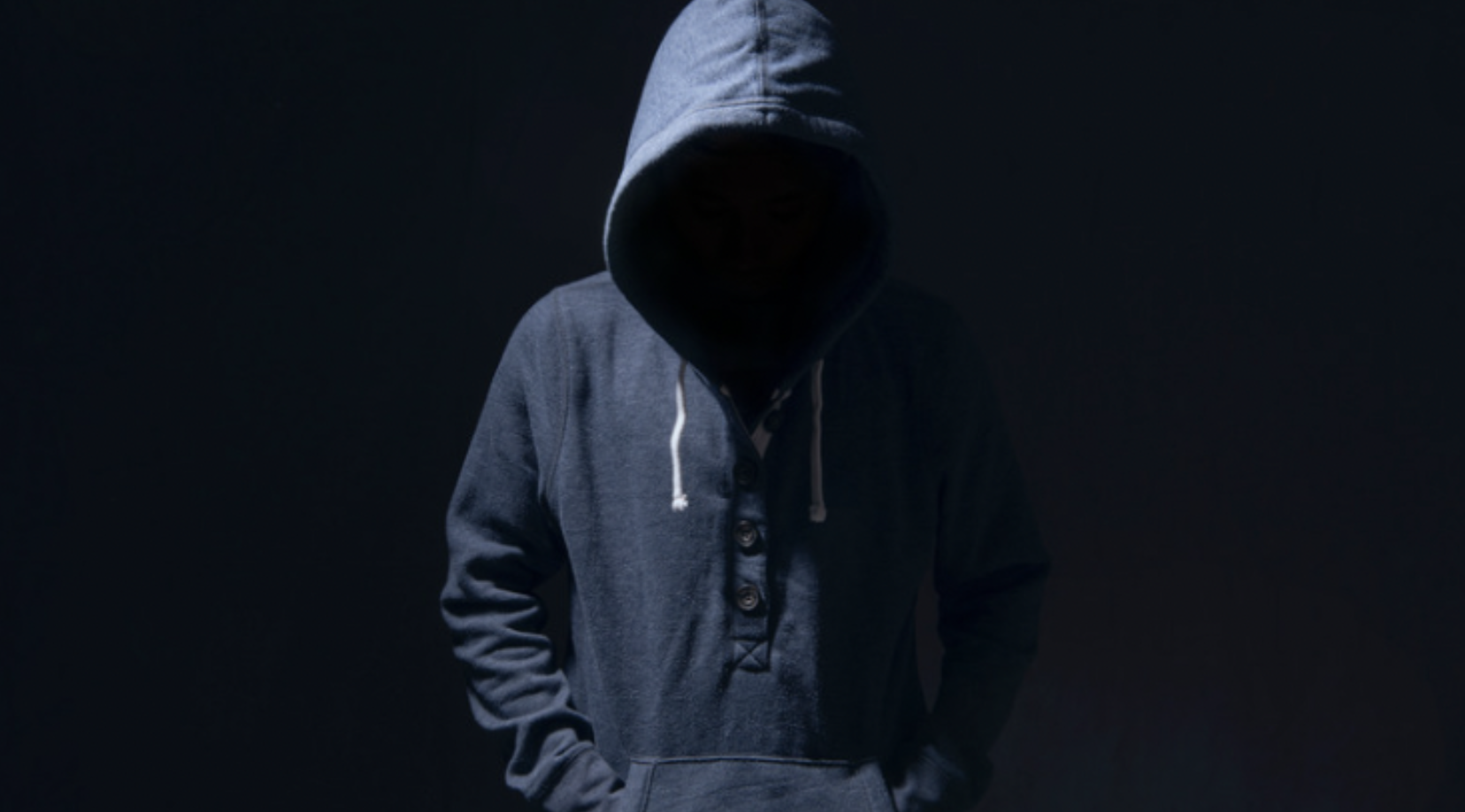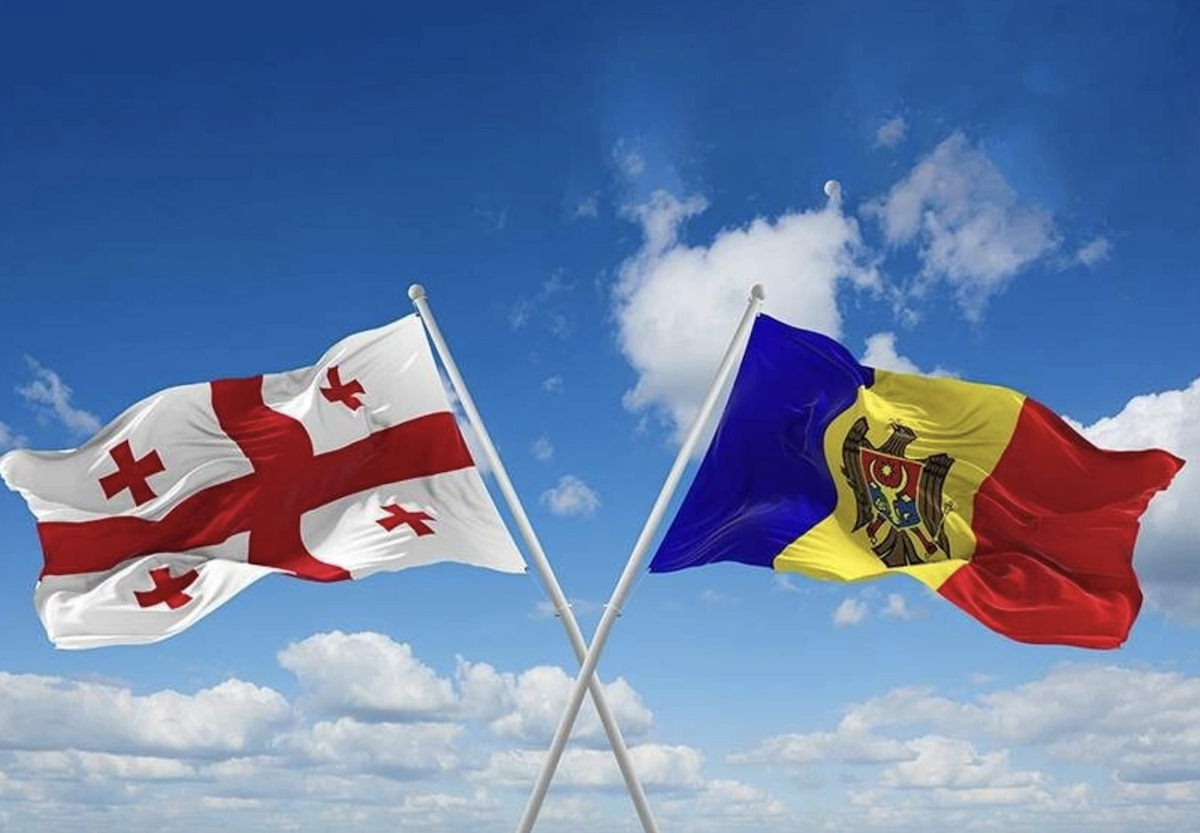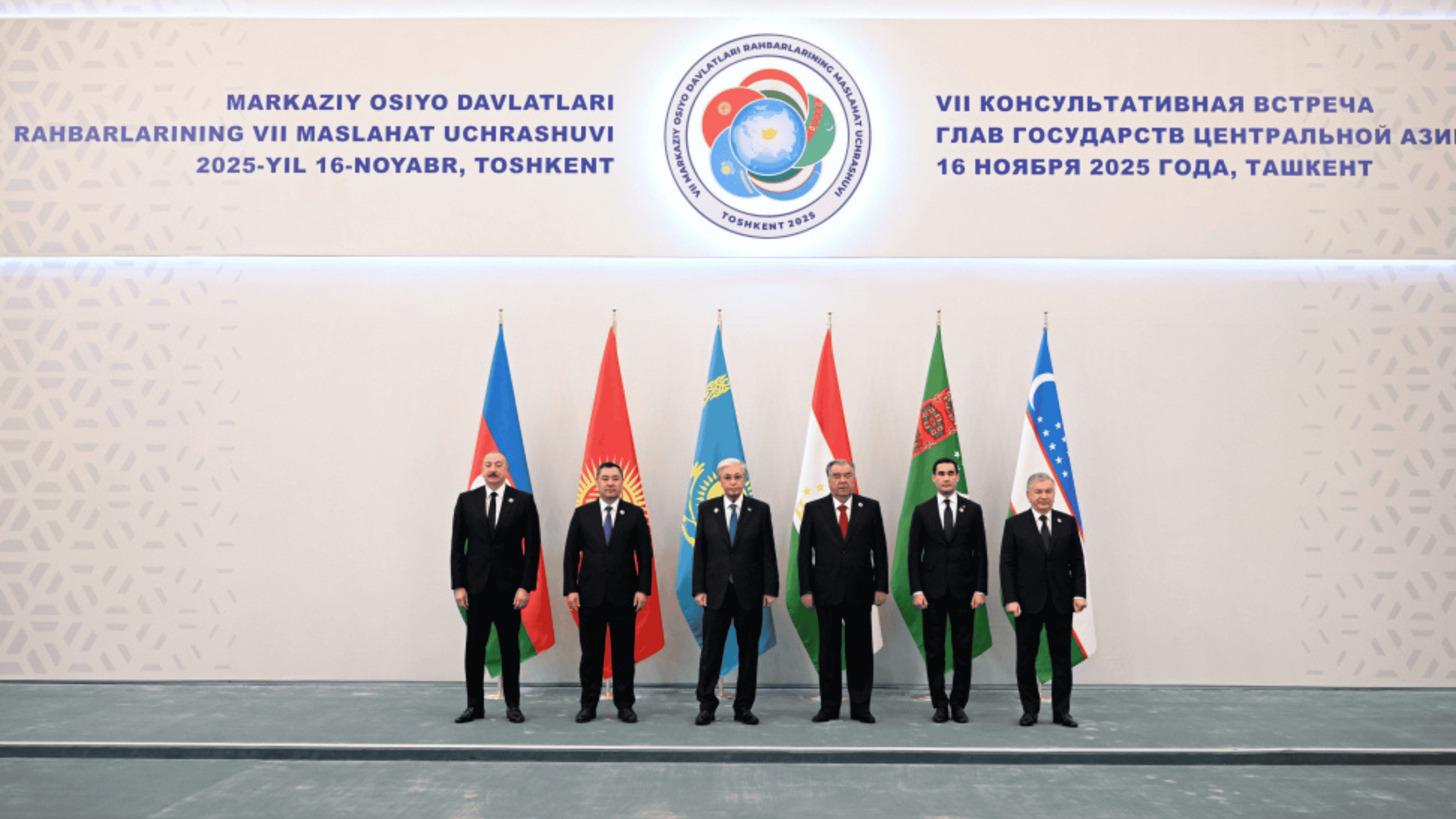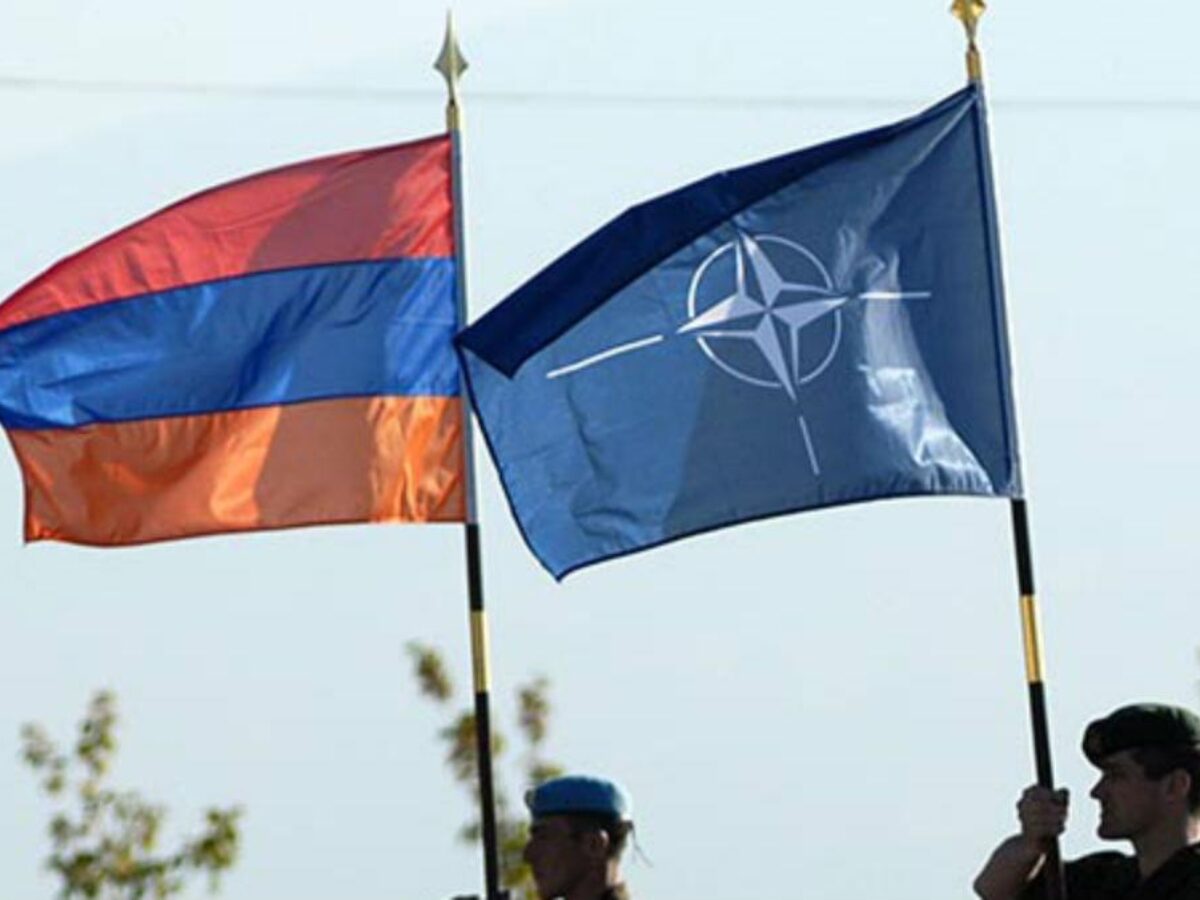Op-Ed: Azerbaijan's ‘glorious’ victory over the coronavirus: what isn’t adding up?
Every day the number of recoveries grows and the number of patients with COVID-19 decreases in Azerbaijan. Almost at a rate at which by the time this text will be published, the sick will all have been “cured,” as the media put it, but for now, active cases comprise only a third of the infected.
And the number of new cases is shrinking day by day. But not a month has passed since the strict quarantine regime was introduced.

So what?
Nothing, other than the fact that this simply cannot have happened so quickly.
The recovery period is 2 weeks in case of mild illness and 3-6 weeks if the symptoms are severe, WHO says.
In Germany, a country with advanced medicine, the infection curve started to climb dramatically on March 5. Only three weeks later did the recovery curve follow suit.
In Azerbaijan, patients began to recover en masse after 12 days. Why? What could have happened?
- They all had a mild form of the disease and quickly got better. We know that this is not the case, because only patients with fever and other symptoms were tested. An exception is new arrivals to the country who were all tested in quarantine after crossing the border. But the “official statistics” do not say that only a few patients had such a quick recovery time. Everyone who fell ill on April 8 is said to have recovered by April 20!
- They were diagnosed very late. To reconcile the numbers from Azerbaijan with the results of the WHO studies, patients would have had to apply for the test two weeks after the onset of symptoms, or the test would have had to have taken two weeks (judging by stories from those who were quarantined, the latter is very plausible).
- Azerbaijanis are unusually healthy people, the coronavirus cannot survive more than 12 days in their body (and we have no data that could confirm or deny this hypothesis).
A video on the Facebook page of the Azerbaijan State University of Economics, where young people thank President Ilham Aliyev for his miraculous success in the fight against coronavirus:
These fantastic statistics also explain why the infection curve in the country is so flat. This is in spite of the fact that quarantine was only introduced in Azerbaijan at the beginning of April, and that it reduced social interaction only among especially conscious citizens.
The quarantine, in its own roundabout way, still created crowds wherever possible, whether it be in full buses, banks, or subway cars. It was almost as if the two-hour daily operating period was designed specifically for this purpose.
One may also recall that Azerbaijan did not close the border with Iran, where the epidemic flared up very quickly, until the very last minute.
And even now, as the police are struggling to keep control, fining violators left and right for leaving the house without SMS permission from authorities, citizens still manage to gather in groups. There is a lot of evidence that Azerbaijanis have a cool attitude towards masks – they are only raised to the mouth when the police are looking.
The amount of fines and violations speaks for itself: people fined for gathering in large groups to eat khash (a dish which is traditionally accompanied by vodka), asking permission to hold a fake funeral, selling fake permission slips, and so on, and so on.
And the authorities aren’t even enforcing a social distance of two meters, apparently realizing that any attempts would be in vain.
So why are the recovery statistics the same as in Georgia, where the situation is tightly controlled, people can only move around on foot, and everyone is taking the quarantine seriously?
Possible explanations:
- It is a mistake. Many cases remain undiagnosed, even serious ones. We all know of cases in “Baku villages” or in the regions where folk healers treat epileptic seizures by burning certain parts of body, and treat children’s fevers by blowing into their nostrils. Death in a patient over 70 is explained away as old age, ambulance doctors inject patients who have just had a stroke with Demidrol advise them to sleep, and they do not treat rheumatism, taking it for cancer and waving the patient away. There are brilliant doctors in Azerbaijan, but few believe that our education system can function effectively. Because of this, few people believe that the healthcare system throughout the country is able to conduct an effective diagnosis of even a single disease.
- It is censorship. The statistics were all edited “by order from above.” After all, we have a practice of releasing the official line to certain media sources so that they know exactly how to react to news, and who to praise or scold with what words.
- It is a miracle. Only Azerbaijanis are less susceptible to coronavirus, due to a healthy lifestyle, clean air and a balanced diet (and we have no data to confirm or deny this).
How can we verify that the quarantine was effective, and that we have actually conquered the virus?
There is no other way to check than to wait and see what happens. In my subjective opinion, there are three scenarios:
- The official statistics were faked, and after the premature cancellation of quarantine measures, cemeteries will be overloaded all summer. And official statistics will continue to declare that two plus two is five.
- The official statistics were not faked (or were only very slightly tweaked), and life will go back to normal.
- The coronavirus will die out on its own from the heat in June
I hope the third option is true.










